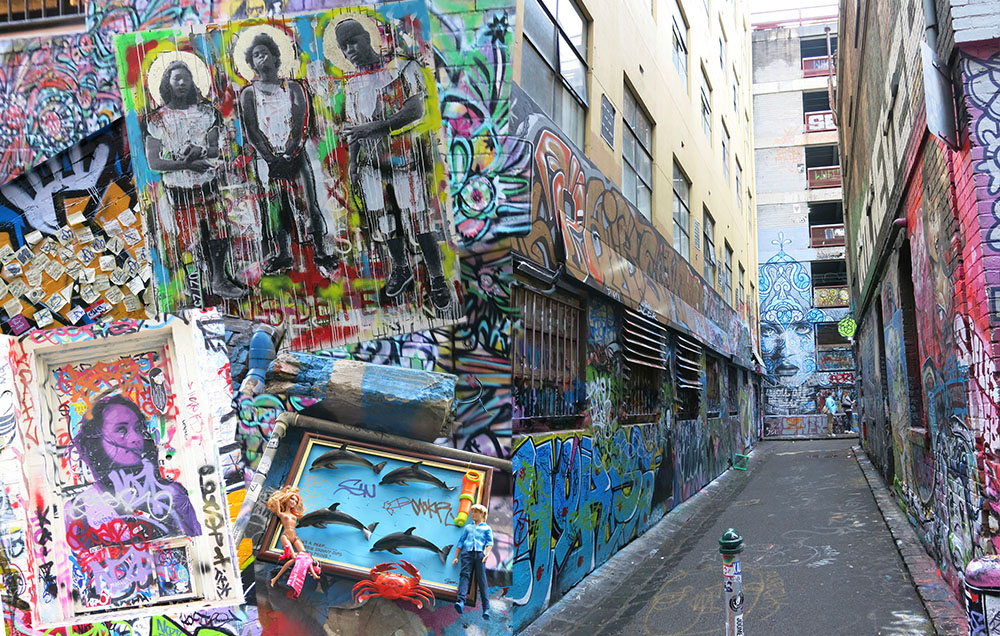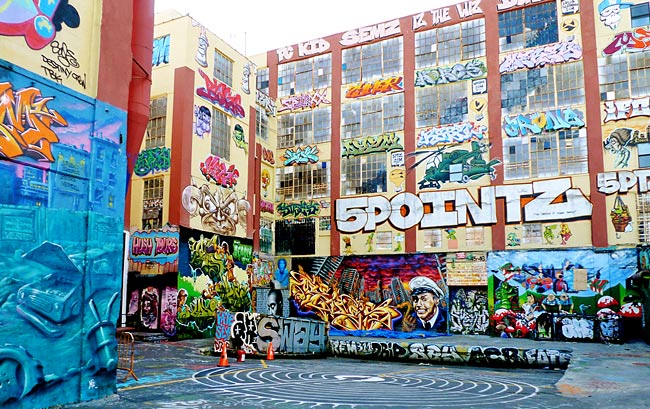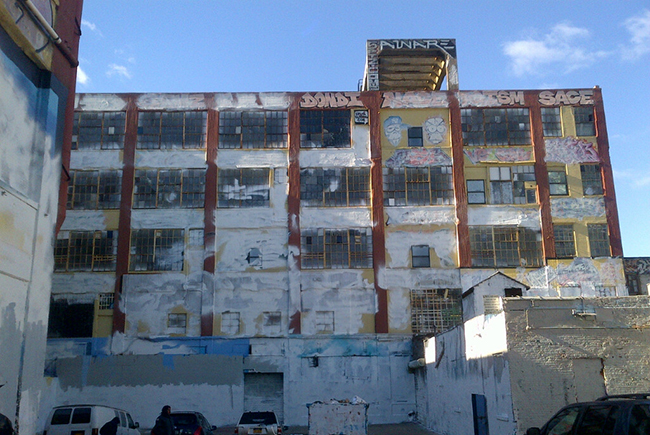Street Art and Gentrification: Is Creativity Killed by Commerce?

There’s a saying that ‘nobody watches artists as closely as estate agents.’ Having some art in your street can add a few 000s to your house price. Earlier this week, Moniker Projects held a talk at Shoreditch House on ‘street art and the gentrification of urban communities’. Discussion focused on the role of street artists in making the urban areas they inhabit more desirable and expensive to live in. As wealthier people move in, the artists themselves are usually pushed further afield – to less salubrious areas.
Graffiti has existed since ancient times and, according to Wikipedia, relates to writings or drawings that have been scribbled, scratched or sprayed illicitly on a wall or surface, often in a public place. As recently as the 1980s, graffiti art was considered to be little more than vandalism. Tagging is a form of extreme calligraphy that first appeared in the ‘60s and ‘70s – mainly in the Bronx area and the subways of New York. The style came to be associated with the hip-hop movement and with gangs marking their territory. But from the late 1990s, skateboarders introduced a more illustrative element to street art. This form of outsider-style art has been widely adopted by designers of urban clothing and video games, as well as advertisers looking to appeal to youth culture.
Thanks largely to Banksy’s global notoriety, Bristol now markets itself as the street art capital of the UK, with participatory wall painting events and guided tours of graffiti. Speakers at the Moniker event included Inkie – artist and curator of Bristol based See No Evil, who has been a key player in the Bristol street art scene for years. He’s currently based in Stokes Croft, a formerly run down area of town that has been turned into an alternative cultural district (inspired by Melbourne in Australia), with the help of sponsorship from the Arts Council, Red Bull and the Cultural Olympiad. In 2011 there were riots in Stokes Croft, when local residents banded together to prevent corporate invasion by the likes of Tesco. The area is currently home to small creative businesses and shops.
Another speaker, Beau Stanton – an artist from Brooklyn, New York – has seen his neighbourhood transformed by art over the past 7 years. In 1990, LIFE magazine named Red Hook as the ‘crack capital of America.’ There are fewer muggings now, but the artists are being forced further out. There have even been attempts to rebrand the area as Liberty Heights, but this was rejected in order to maintain the history of the area. Some places haven’t been so lucky. 5 Pointz in the Queens area, a destination for graffiti artists from around the world, could not be saved from developers, who whited out the artwork overnight, before going ahead with their demolition plans.
Tina Ziegler – an author and curator, working in Los Angeles and Barcelona – says there was a time when the street artist district of LA was too dangerous to be policed. Artists were totally free to experiment. Now the Arts District, as it has been branded by property PRs, is becoming filled with high-end warehouse lofts. The LA County Arts Commission has even funded a scheme to help bring back artists to the area, by offering them affordable housing. “People want creativity in their lives,” explains Ziegler, “the bankers want cool bars and art galleries… and everyone wants a piece of street art in their house.”
Another member of the panel, Auro Foxcroft – founder and director of Village Underground in Shoreditch – thinks the “softer term” regeneration is often used instead of gentrification. But either way, it’s all “a natural facet of advanced capitalism… how much gentrification is too much, is a matter of personal consideration,” he says. Hackney Council has positively encouraged regeneration to pay for local social services. But are Shoreditch House and the Ace Hotel good for the local area, or not? The Wyndwood Art District of Miami is an example of an area that was gentrified using artists to push property prices up. But is this sort of social cleansing acceptable? And what of reverse gentrification – where street art is imported by major brands? Foxcroft has spotted tags from Shoreditch in the branch of McDonalds next to Harrods.
Whatever your views on art-propelled gentrification, it’s apparent that the global street art movement is experiencing something of a boom. Street artists regularly travel around the world to seek out places where they can find cheap accommodation, and work freely on freshly abandoned properties and walls. Some have moved from to Berlin and Barcelona for this reason. But Berlin has now become much more expensive, and Barcelona is starting to clamp down on graffiti. Run down Detroit has also seen a lot more creative activity in recent years.
Art colleges are jumping onto the bandwagon too, with courses geared towards contemporary urban art. What’s more they are also helping to fuel gentrification by opening up new college spaces and highly commercial student accommodation in areas deemed to be arty, or with the potential to be gentrified. Many art students now come from overseas, with parents covering costly living expenses.
Galleries move in to areas undergoing the gentrification process. Bermondsey’s White Cube signifies the area has upped and come. Meantime, new art zones are being engineered by property developers as part of a calculated strategy to bring a buzz to up-market projects. StudioRCA at Riverlight Quay is the first arts venue in the Nine Elms ‘cultural district.’ The developer, St James, has offered the space rent-free for five years. Next year, Damien Hirst’s Newport Street Gallery and Charles Asprey’s Cabinet Gallery will also open on the site.
London’s King’s Road, a hub for artists and Bohemians in the 19th century – and for 1960s hipsters, has become a housing hotspot for cosmopolitan street art patrons. With Vivienne Westwood’s World’s End store at one end, via the Chelsea Arts Club, up to the Saatchi Gallery, there is still some evidence of this part of London’s creative history. However, as in Notting Hill, the uber-wealthy have spawned a rash of sanitized chain stores, sapping much of the local colour.
So long as graffiti remains cool and social/subsidized housing is available, there will still be some areas where struggling creative workers are able to live side by side with the mega-rich. London’s street artists may currently feel at home in Dalston, Clapton, Peckham and beyond. Will they forever be seeking out fresh walls, or do they aspire to live in Chelsea, Mayfair, or St John’s Wood, alongside Damien Hirst?
Moniker Art Fair opens today at London’s Old Truman Brewery.
(Image above top from Visuology Issue 2 – see magazine for full credits).

